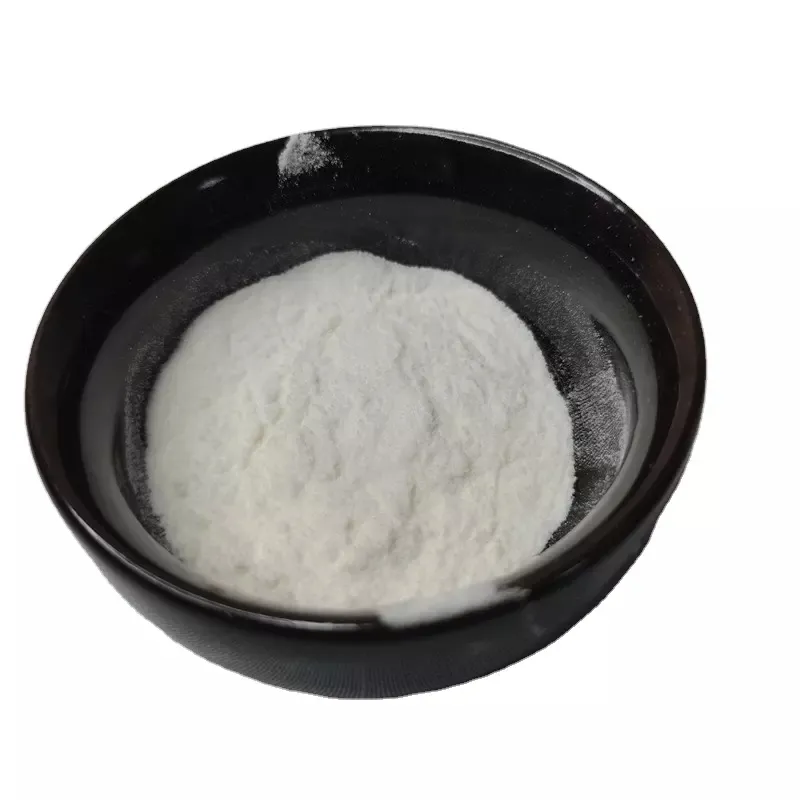 Email: sale@hebeidisha.com
Email: sale@hebeidisha.com
 Tel: +86 13315186550
Tel: +86 13315186550
- Afrikaans
- Albanian
- Amharic
- Arabic
- Armenian
- Azerbaijani
- Basque
- Belarusian
- Bengali
- Bosnian
- Bulgarian
- Catalan
- Cebuano
- China
- China (Taiwan)
- Corsican
- Croatian
- Czech
- Danish
- Dutch
- English
- Esperanto
- Estonian
- Finnish
- French
- Frisian
- Galician
- Georgian
- German
- Greek
- Gujarati
- Haitian Creole
- hausa
- hawaiian
- Hebrew
- Hindi
- Miao
- Hungarian
- Icelandic
- igbo
- Indonesian
- irish
- Italian
- Japanese
- Javanese
- Kannada
- kazakh
- Khmer
- Rwandese
- Korean
- Kurdish
- Kyrgyz
- Lao
- Latin
- Latvian
- Lithuanian
- Luxembourgish
- Macedonian
- Malgashi
- Malay
- Malayalam
- Maltese
- Maori
- Marathi
- Mongolian
- Myanmar
- Nepali
- Norwegian
- Norwegian
- Occitan
- Pashto
- Persian
- Polish
- Portuguese
- Punjabi
- Romanian
- Russian
- Samoan
- Scottish Gaelic
- Serbian
- Sesotho
- Shona
- Sindhi
- Sinhala
- Slovak
- Slovenian
- Somali
- Spanish
- Sundanese
- Swahili
- Swedish
- Tagalog
- Tajik
- Tamil
- Tatar
- Telugu
- Thai
- Turkish
- Turkmen
- Ukrainian
- Urdu
- Uighur
- Uzbek
- Vietnamese
- Welsh
- Bantu
- Yiddish
- Yoruba
- Zulu
Nov . 27, 2024 05:02 Back to list
Conversion of Propylene Oxide to Propylene Glycol and Its Applications in Industry
The Conversion of Propylene Oxide to Propylene Glycol An Overview
Propylene glycol is an invaluable compound in various industries, widely utilized as a solvent, antifreeze, and food additive. One of the primary methods for producing propylene glycol is through the hydration of propylene oxide. This article delves into the fundamentals of the conversion process, its significance, and applications in various fields.
Propylene oxide is a colorless, volatile organic compound produced from propylene, a byproduct of petroleum refining. Its structure consists of a three-membered cyclic ether, which renders it highly reactive. This reactivity is the basis for its transformation into propylene glycol, a diol with two hydroxyl groups (-OH). The synthesis of propylene glycol involves the reaction between propylene oxide and water, a process that can be carried out under different conditions.
There are primarily two main methods for converting propylene oxide to propylene glycol the non-catalytic and catalytic hydration processes. The non-catalytic process typically involves high-pressure conditions, where propylene oxide is reacted with water at elevated temperatures. This method offers a straightforward approach; however, it requires significant energy input and may lead to the formation of unwanted byproducts.
On the other hand, catalytic hydration employs catalysts to enhance the reaction efficiency at milder conditions. Several types of catalysts can be used, including acid or base catalysts. Acid-catalyzed processes often result in higher yields of the desired propylene glycol, and researchers continue to explore more efficient and environmentally friendly catalysts. The choice of the method significantly influences the quality and purity of the final product.
propylene oxide to propylene glycol

The importance of propylene glycol extends across various sectors. In the food industry, it acts as a food-grade solvent and humectant, preventing moisture loss in food products. The pharmaceutical industry uses propylene glycol as a solvent for oral, injectable, and topical formulations due to its low toxicity and high solubility properties. In personal care products, it serves as a moisturizer and an effective delivery agent for active ingredients.
Additionally, propylene glycol is utilized in the production of antifreeze and de-icing solutions, owing to its ability to lower the freezing point of water. This property is crucial in aerospace, automotive, and industrial applications, particularly in cold environments where coolant efficacy is vital.
From an environmental perspective, the production and use of propylene glycol present several advantages. Deriving propylene glycol from propylene oxide, sourced primarily from renewable resources, reduces the reliance on fossil fuels. Furthermore, propylene glycol is biodegradable, contributing to a lower environmental impact compared to some petroleum-derived alternatives.
In summary, the conversion of propylene oxide to propylene glycol is a significant industrial process with far-reaching implications. Its applications in food, pharmaceuticals, personal care, and industrial sectors underscore its versatility and essential role in modern manufacturing. Advances in production methodologies, particularly the development of more efficient catalysts, promise to enhance sustainability and efficiency, ensuring that propylene glycol remains a vital component in various applications. As industries continue to seek greener alternatives, propylene glycol's profile as a safe, effective, and environmentally friendly option is set to grow even further, enabling innovations across multiple fields.
Latest news
-
Certifications for Vegetarian and Xanthan Gum Vegetarian
NewsJun.17,2025
-
Sustainability Trends Reshaping the SLES N70 Market
NewsJun.17,2025
-
Propylene Glycol Use in Vaccines: Balancing Function and Perception
NewsJun.17,2025
-
Petroleum Jelly in Skincare: Balancing Benefits and Backlash
NewsJun.17,2025
-
Energy Price Volatility and Ripple Effect on Caprolactam Markets
NewsJun.17,2025
-
Spectroscopic Techniques for Adipic Acid Molecular Weight
NewsJun.17,2025